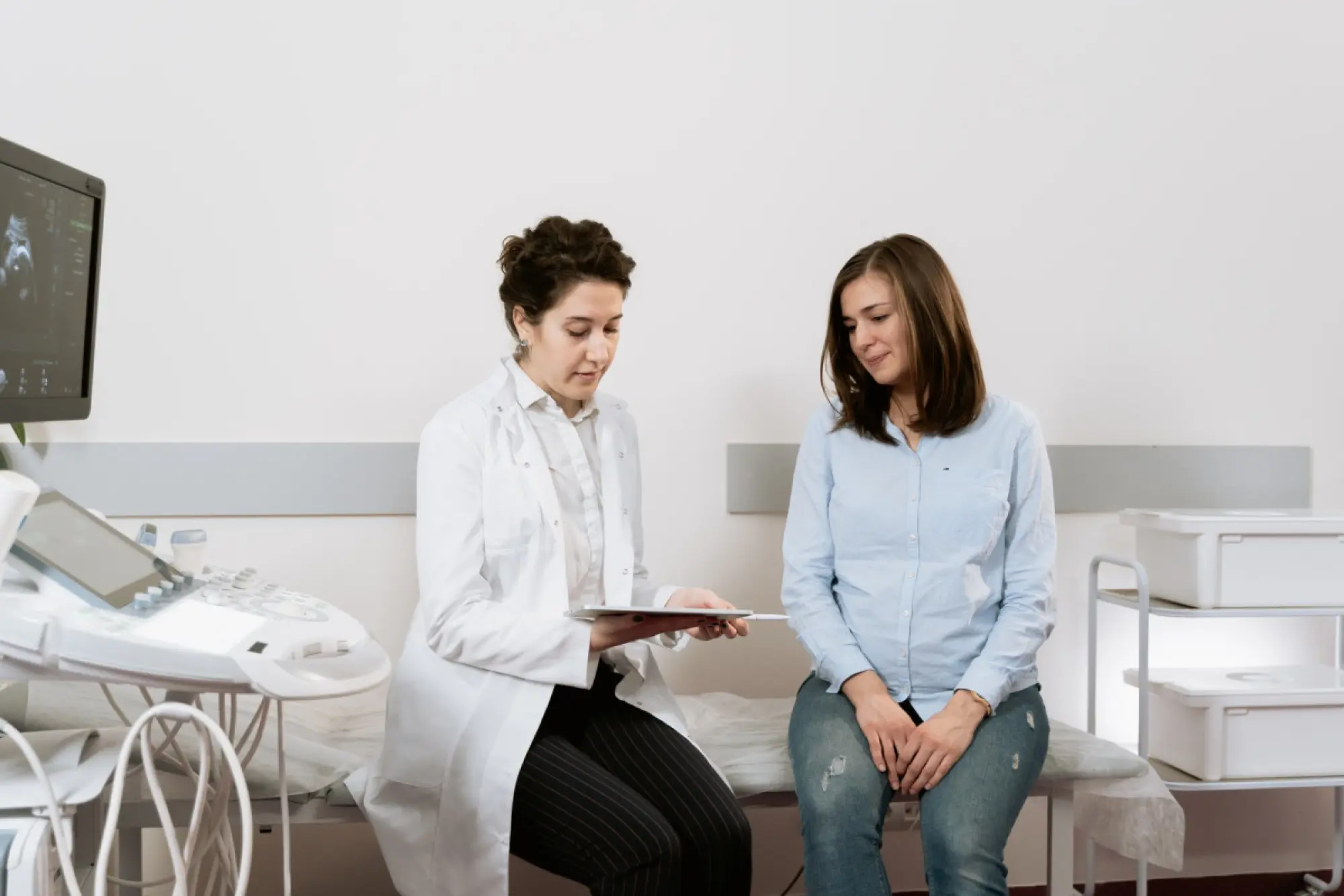Implementing a digital ordering system in any hospital or healthcare setting offers numerous benefits. Read on to learn how digital ordering can help cut costs and improve efficiency across your healthcare facility.
A good digital ordering system can:
1. Increase patient safety
A well-designed digital ordering service should remove the risk of human error when it comes to dietary requirements and can minimise the risk of malnutrition through automation, increasing overall patient safety. Digital menus can render it impossible for any patient to order a meal that is unsuitable or unsafe for their particular health situation. This includes allergen management, special diets and other individual needs — for example, IDDSI requirements can be set on a patient level. Smart ordering also reduces touch points and contact between patients and hospital staff.
2. Meet caloric and nutritional needs
Good nutrition is crucial for recovery. Advanced filter options make it easy to meet specific nutrition and fortification requirements, making it easier than ever to meet your patients’ medical and nutritional needs. Individual requirements can be calculated based on mobility level, fluid retention, stress factor and more.
3. Improve the patient experience
Digital ordering can protect, support and empower patients, improving the overall patient experience throughout their stay. It can ease communication; accommodate specific dietary preferences; encourage appetite through the use of attractive imagery; provide greater transparency around nutritional content; and highlight provenance and quality on your menu.
4. Drive efficiency
Digital systems can increase workflow efficiency at every stage from stock ordering through to service. Accurately manage stock flow, reduce the time between patient ordering and meal delivery and even automatically schedule patient meal times around their medical procedures.
5. Manage costs
Ordering systems can also assess cost, monitor waste and report ROI on a per-meal level. When you also take into consideration the money saved by an optimised forecast and ordering process, increased efficiencies and reduced or eliminated printing costs, the potential for savings is significant.
6. Manage data with ease
With the ability to feed master data to multiple channels, it’s easy to stay informed. Reports can identify the most and least popular meals for patients and record dish-specific feedback, all of which can be used to improve the overall quality of the catering offer in the long run.
7. Reduce food waste
Digital reports can identify the most and least popular meals for patients and record dish-specific feedback, allowing for informed menu design that can reduce the risk of food waste going forward. Furthermore, because information is sent to the kitchen in an instant, digital ordering also minimises the time between ordering and service. This allows patients to choose their meal much closer to the time they will eat it, giving them less opportunity to change their minds about what they want.
8. Reduce environmental impact
Trolley, plate and production waste from healthcare catering represents a significant environmental cost. By minimising waste, the implementation of digital meal ordering can help your facility play its part in reducing greenhouse gas emissions.
9. Make compliance simple
Digital systems can update recipes, ingredients lists and allergen information in real-time as a supplier makes changes, making it possible — and straightforward — to automate compliance with new or evolving legal requirements.
For more information on how implementing the right digital ordering system can benefit your healthcare facility, talk to one of our experts today.
